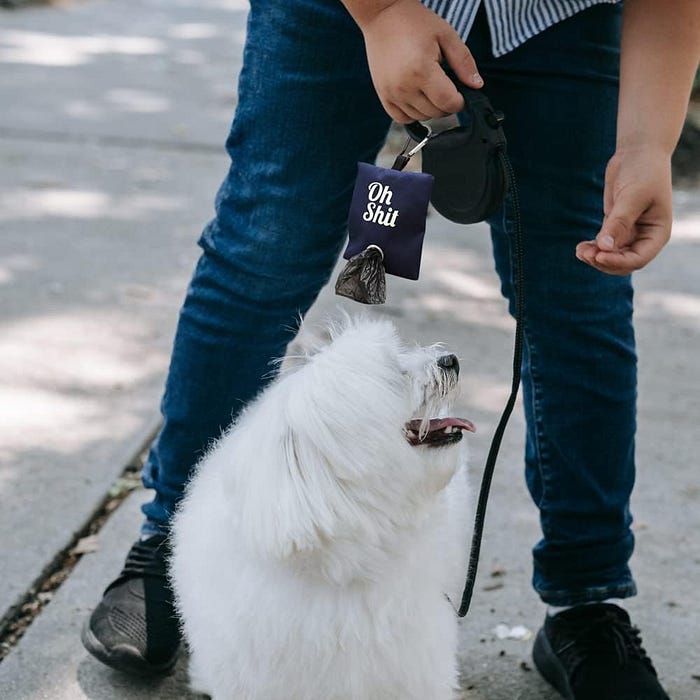- The Tools
The Tools of Your Trade
What is SimplerWork
Find out Find out
all about?
- Pricing
- About
- AI Insights

Two years ago, on a quiet December morning at Corsair, I found myself in a rare situation: My office wall, usually covered in lists of things to do, was full of crossed-out “doing” tasks, and all that was left was a bunch of “thinking”. No immediate product launches, no relentless asset and output approval loops — just a rare pause in the chaos. We survived the battles leading up to the January product launch window, and the front line moved to our amazing PR, comms, channel marketing, sales, trade show, and logistics teams.
The roadmap was full of things further away, in more conceptual stages. A lineup of products that were going to make people gasp with excitement, solve problems, and raise the bar for whole categories — but today, from a marketing perspective, they’re nearly blank sheets of paper. So that day, I was going to do mostly thinking about the future.

Am I Really Getting Paid to Sit and Think?
There’s a weird feeling that comes when you switch from doing to planning overnight. Is this really work? Should I feel guilty because I didn’t look at 10 things, find 2 little errors, write a brief, and send 20 emails today? If there was a box by the office door where I’d need to leave my work when I headed out, I’d have nothing to put in the box. Sure, this is part of my job, but only doing that part, even for a day, still feels strange.
I reminded myself that when I started the job, this was supposed to be most of what I do. The daily operational stuff creeps in later. This here, today, this is where I deliver the most value. But what is it and how do I measure if I really am good at it? What should I practice to get better?
These days, when everyone whispers about AI, what it’s taking over, what jobs are at risk, those questions seem more important than ever. If (when) operational stuff gets automated, my “thinking” is all I’m left with.
Author note: There was a section here where I tried to define creativity. I rewrote it at least 20 times and every single version of it sucked more than the last one. The best I can do is use an example, so I ask for 3 minutes of your patience below, then we’ll get back on point.
Objective: destroy a cultural default
Picture this video ad: A man steps out of his house with a cute puppy on a leash. He’s on the phone and dressed much too nicely to just be walking his dog. It looks like he’s late for work and having to walk the dog is making it worse. The dog doesn’t seem to know or care what a job is, so it just enjoying the stroll. At some point, the pup stops to do its business on a little patch of city grass. The owner sighs in relief, this is what he was waiting for. He grabs a poop bag from his pocket, reaches down, and… disaster. The plastic bag was torn, he was distracted by the phone, and now he’s holding a handful of dog shit.

The screen fades to black and the last thing you hear is “I’ll call you back”. The sound dulls to a barely noticeable high-pitch noise, leaving you, the viewer, just sitting there, in your feelings. Two seconds later, the sound starts to regain shape, the image returns slowly, sharpening from a blur back into view. You hear the house door slam shut. You’re seeing the world in 1st person now, through our protagonist’s eyes. You’re walking through the house quickly and you tun into the bathroom. There’s a faint splash sound from the toilet and you see your arm reach out with the elbow to flush. Then, you turn to look at the sink, change your mind, unroll a bit of toilet paper, and quickly wipe your hands with the paper. One more flush, and you’re heading out of the house. The last thing you see is yourself locking the door again.
The ad shows a package of wet wipes and the narrator’s voice cuts in: “If it was on your hands, you wouldn’t settle for paper”.

So what did we just do?
What looks like a “clever idea” is a process, a framework. It’s a way of guided thinking designed to change attitudes and behaviors.
The ad used storytelling mechanisms and a rollercoaster of feelings to keep you engaged:
- It starts with the safe, soothing familiarity of a suburban home on a sunny day
- It introduces the creeping anxiety of being late but lets you discover it from context clues. It wasn’t thrown in your face, you hate scare-selling and that would make you defensive.
- The disgust and surprise of poop in hand is in the middle of the ad to give you a mental slap if your attention starts drifting
- The fade marks the narrative and tension peak of the hero arc, when we go from problem to solution
- In part 2, you’re the hero and we’re in 1st person view.
- You’re introduced to the “normal solution” — the glance to the sink, but instead, you have to see yourself choose an absurdly inadequate alternative.
- The story ends with leaving you a bit upset because you’re going to work with a filthy hand. THIS IS WRONG.
- The narrator saying you wouldn’t accept paper if it was on your hands is a riddle. Sure, it’s a simple one, but it’s important — this is the difference between a cheap patronizing message and a profound cultural criticism that wins advertising rewards and gets me one of those jobs where I wear a scarf.
- You solve the riddle — this whole ad was just a metaphor. It was a trick setup, it’s talking to you about how you wipe your butt. With paper. In a way that you just found completely unacceptable and disgusting. You sort of get the point, you have to agree a little bit.
- The wet wipes are the savior. The problem may not be huge, but the solution is right here. So easy.
If you need to stock up on toilet paper before you forget the ad, you’ll at least consider it. Hell, you may do that just from reading my writing about a hypothetical ad.
Creativity isn’t magic
I’m not wasting your time to make a point about toilet paper. This whole article is a bait-and-switch to make a point about creative reasoning.
When you see the result, the story, your 1st response is that it’s clever, creative, and a good idea. And it is. But the good idea is the result of specific psychology buttons pressed to change your perception and to sell a narrative. The idea is the result of decades of research by academics and practice by other marketers. The idea can only be repeatedly defined and executed by someone who has consumed the research of his predecessors.
*Interestingly, we all feel like we could have had that same simple idea after we’ve seen it, but let’s park that cognitive fallacy for a different article.
It also doesn’t take much to ruin the idea with a small methodological mistake. Being too forceful, the narrator just hard-selling “You’re late for work and your dog refuses to take a dump” would ruin it completely.
Creativity isn’t a character trait. It’s not a genetic gift like being tall. It’s the most complex type of thinking humans do. It requires an enormous supporting base of knowledge, systems, and practice.
I can’t do creative work in fields where I have no base of knowledge. I can’t creatively solve a programming problem. I can’t sing to save my life and I can barely dress myself to meet social norms. I’m only capable of true creative work in the field I’ve been studying for most of my adult life.
What are you great at?
75% of every job I’ve had could have been done by almost anyone. It could definitely get done by people much cheaper and easier to work with than myself. It’s the 25% I’m good at that defines what I do.
AI is aggressively threatening to eat the operational stuff. Responding to emails, checking outputs for accuracy, transforming a defined narrative into derivative briefs for emails, social media briefs… Taking a product page and spinning out a distilled summary for packaging… It’s all largely trivial office labor.
The latest AI models can’t do my operational work as well as I can today, but they’re very close to good enough. For a small company that runs with a single marketing person, they’re more than good enough today. And good enough for free beats what I do at my price.
So my job security and place in this world, my professional identity, hang on my 25%. They hang on what I’m great at. I don’t see AI coming close there soon.
AI probably is coming for (a part of) your job. If you don’t know what your 25% is — if you can’t clearly articulate the unique value you bring — it’s time to figure it out. AI won’t just change how we work; it’s going to redefine what work is. And anyone who doesn’t bring a spark to the table, or can’t explain what they bring, might find themselves on the sidelines.





